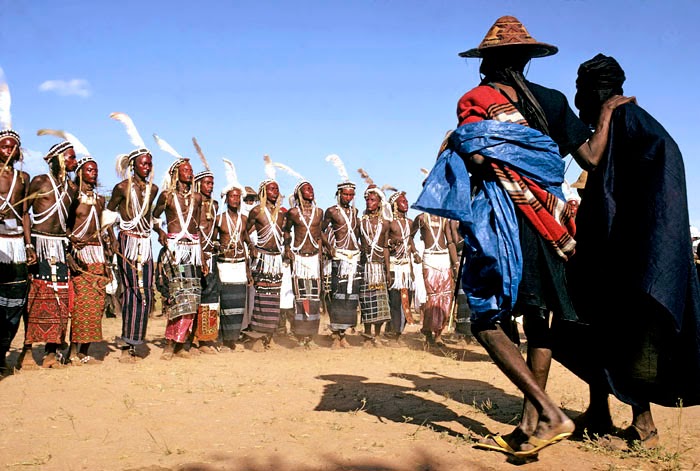Having traveled the world and shared the daily lives and hardships of
more than 30 tribal and indigenous people in three continents, I have marveled
at the hassle-free relationship these people have with their children and
adolescents. It starts, I think, with great love and tolerance, not just from parents,
but also from everyone else. At the same time, these children are taught early
where their places and responsibilities are in their societies. Mostly, perhaps,
there are no overburdened single moms among them. No orphans. Spouses and
parents die with minimum consequences.
In the case of Brazil’s Yanomami, for example, as many as 100 people may
live under a single vast circular roof, each family around its own fire, but each
one responsible for the others. And Yanomami mothers are among the most loving
I have watched anywhere. After giving birth to a baby they’ll do almost
anything to avoid another pregnancy for the next four years, even avoiding sex.
During those four years they’ll take their small children anywhere with them, even
when it means loading them on top of already very heavy full baskets.
The photographs that follow show the same young mother, probably no
older than sixteen. She was so sweet that she quickly became my favorite. But
all the Yanomami mothers I photographed behaved like her. To see some of them,
write ‘Yanomami’ in this blog’s search box. You’ll find them on many pages.
Slashing through an overgrown abandoned field to pull some manioc still growing there.
The manioc.
Resting for a while
Felling papayas in a plantain field.
Peeling manioc while keeping her baby girl busy with a piece of papaya.
Readying herself to lift the basket on the back of a small companion
girl.
Carrying a bunch of plantain to her family fire.
Grating manioc inside a piece of bark. She will squeeze and dry the
result to get flour.
Baking
flat manioc bread on ceramic plate. Baby sleeps in hammock.
Fishing from river.
To view more Yanomami photos on this blog, write the name in the search
box.
All the photographs of this
blog are copyrighted.
No usage permitted without
prior authorization.





















































